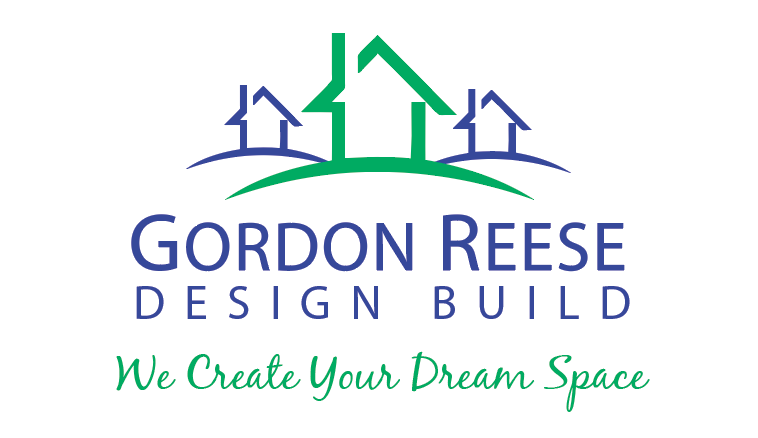When designing—or redesigning—a kitchen, adding personal touches that reflect your own unique style can instantly improve the room’s visual appeal. Even something as underrated as the color scheme can make or break your kitchen design. If the textures, hues, and shades in your kitchen don’t complement each other, the overall effect can look jarring.
That being said, how does one go about choosing colors for their kitchen design? Here are a few helpful things to consider:
Contents
Daring Designs or Safe Styles?
When choosing the perfect color scheme, the first thing you need to consider is how long you’re going to stay in your residence. If you’re planning to sell your property eventually—say, in the next two years—then a safer, more neutral color scheme might be best (especially with the ‘contemporary minimalist’ trend in kitchen design right now).
If you’re confident you’re staying in your current home for a long while—for the next ten years, at least—then why not be a little more daring with your choices? Play around with color palettes or choose bold, daring tones that you normally wouldn’t see in other kitchens. Alternatively, you can go the complete opposite direction and soften your otherwise ergonomic kitchen with baby hues and subtle shades.
Since you’re repainting your kitchen for yourself anyway, then approach this project without inhibitions. Don’t be afraid to do what makes you happy!
The Sum of its Parts
 A general rule of thumb in kitchen design—or, really, any room design—is to achieve visual balance and harmony throughout the whole room. So even if you divide the kitchen into different areas (i.e., food prep area, storage space, cooking and cleaning stations, etc.), each area, and all the elements in it, should visually work with the other stations to result in a single, cohesive picture.
A general rule of thumb in kitchen design—or, really, any room design—is to achieve visual balance and harmony throughout the whole room. So even if you divide the kitchen into different areas (i.e., food prep area, storage space, cooking and cleaning stations, etc.), each area, and all the elements in it, should visually work with the other stations to result in a single, cohesive picture.
What does this mean?
It means that you’re not just choosing color for your walls, ceiling, and floors. You have to pick colors, shades, and hues for your cabinets, countertops, backsplash, and appliances.
Will black chrome appliances go well with deep browns and burgundy tones, or would you be better off choosing silver and grey? Should your floors be polished marble or neutral vinyl, and should they match the wallpaper you picked out or would you rather they create a stark contrast?
Be sure that the color scheme you pick ties your whole kitchen together.
Pick One Main Color
The best way to decide on a color scheme for your kitchen design is to pick just one or two predominant colors, and then build your palette around them. It’ll be easier to choose shades, hues, and tones when you have a solid starting point rather than picking colors that catch your eye and trying to match them.
So say you find this really nice eggshell color that you think would look great on your countertop. Do you want this color to feature predominantly in your kitchen, or do you prefer it as an accent color?
If it’s the former, choose colors that complement or contrast the eggshell shade (i.e. solid neutrals or soft, cool hues). If it’s the latter, be sure that the eggshell color complements your chosen main color.
Find Inspiration in Other Kitchen Designs
If you really don’t know where to start in terms of colors, materials, textures, etc., then don’t be afraid to look to other kitchens for inspiration. So many homeowners feel pressured to come up with an original kitchen design that is uniquely their own, but starting from scratch isn’t always easy for everyone.
If this is the case for you, there is absolutely nothing wrong with finding source material. A lot of homeowners go through five or six concepts before they finally decide on the kitchen design they want. There are plenty of places to draw inspiration from. Check Pinterest, home design magazines, Houzz.com, home makeover reality shows … even your own friends’ kitchens!
Your color scheme plays an important part in kitchen design. A visually cohesive and aesthetically pleasing scheme can make any kitchen feel cozy and comforting—or classy and chic, depending on the look you’re going for. But above all, remember; it’s your kitchen. You do you. If you’re not happy with the colors and shades in your kitchen, you still won’t feel very comfortable in the long run.

Recent Comments